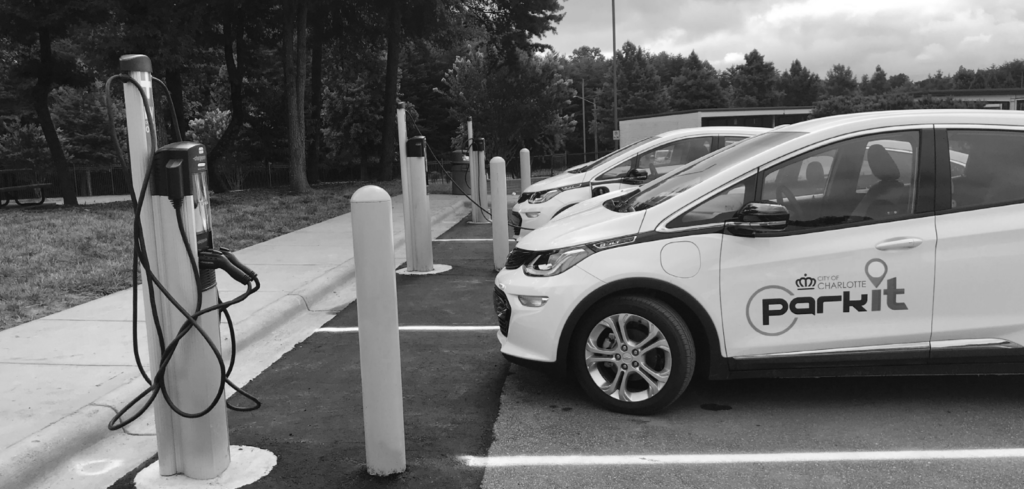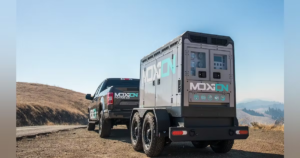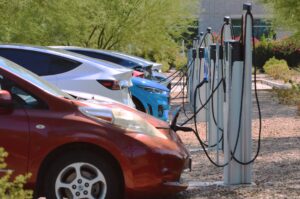Road Map to Fleet Electrification Success
This road map to fleet electrification success will ensure that your transition to electric vehicles is a smooth one. Electrifying your fleet is a transformative journey that requires a structured roadmap, strategic planning, and collaboration among stakeholders. A successful transition not only reduces operational costs but also positions your fleet to meet evolving sustainability goals.
Assess Fleet Requirements
The first step in fleet electrification is assessing your current fleet’s needs. Identify vehicles that can be replaced with electric alternatives by analyzing their daily mileage, load capacity, and duty cycles. Tools such as the National Renewable Energy Laboratory’s (NREL) Cost-of-Ownership Tool provide valuable insights into the financial implications of electrification (NREL).
Develop a Strategic Plan
Create a comprehensive plan that outlines your electrification goals, timelines, and key performance indicators. This plan should detail the types of vehicles to be procured, infrastructure needs, and strategies for integration with existing fleet operations. Engaging stakeholders from departments such as operations, finance, and maintenance ensures alignment and facilitates smoother implementation (Momentum Electric).
Plan Charging Infrastructure
Infrastructure development is critical to supporting your new electric fleet. Determine the number and type of charging stations required, as well as their locations and grid capacity. Collaborating with utilities can simplify the deployment process. Programs like Pacific Gas and Electric’s EV Fleet Program provide technical and financial support to help fleets establish charging infrastructure (PG&E).
Leverage Incentives and Funding
Federal, state, and local incentives significantly offset the costs of electric vehicles and charging stations. Tax credits, grants, and rebates can reduce upfront expenditures, making electrification more accessible. Staying informed about these opportunities ensures fleets can maximize financial benefits (Qmerit).
Implement Training Programs
A well-informed team is essential for the successful operation of an electric fleet. Provide training for drivers, technicians, and managers on the use and maintenance of EVs. Topics should include efficient driving practices, charging protocols, and safety measures (Momentum Electric).
Monitor Performance and Optimize
After deployment, continuously monitor your fleet’s performance. Use telematics and fleet management software to track metrics such as energy consumption, maintenance costs, and vehicle utilization. Regular evaluations allow fleets to refine operations and ensure that electrification goals are met (Fleetpal).
Overcoming Common Barriers
Transitioning to an electric fleet presents challenges, but these can be mitigated with proper planning:
- Upfront Costs: While EVs may have higher initial costs, the total cost of ownership often reveals long-term savings. Incentives and financing options further alleviate financial barriers (Azuga).
- Range Limitations: Assess vehicle routes to select EVs with adequate range. Advances in battery technology continue to extend driving ranges, making EVs viable for more applications (Automotive Quest).
- Infrastructure Development: Establishing charging infrastructure requires investment and expertise. Partnering with experienced providers and utilizing CaaS models simplifies this process (Qmerit).

Case Study: City of Charlotte’s Fleet Electrification
The City of Charlotte, North Carolina, serves as a leading example of successful fleet electrification. Through strategic planning and stakeholder engagement, the city developed a comprehensive roadmap to achieve a carbon-neutral fleet by 2030. Initiatives included feasibility studies, collaborative resources, and pilot programs to test EVs in various applications. This approach has advanced Charlotte’s sustainability goals while providing valuable insights for other municipalities (Electrification Coalition).
“Charlotte is focused on reducing emissions from operations across the City. The innovative policies developed and passed this year have further propelled our City down the path to achieve a 100% electric, light-duty fleet by 2030.”
– Mary Vi Lyles of Charlotte
Conclusion
Transitioning to an electric fleet is an investment in a sustainable and cost-effective future. By following best practices, leveraging available resources, and learning from successful examples, fleet managers can effectively navigate the complexities of electrification. This transformation offers significant environmental and economic benefits while positioning fleets to lead in a rapidly evolving transportation landscape.
Works Cited
Azuga. “Your Guide to Fleet Electrification: What It Is, Benefits, and Strategies.” Azuga, 2023, azuga.com.
Electrification Coalition. “Municipal Fleet Electrification: A Case Study of Charlotte, NC.” Electrification Coalition, 2020, electrificationcoalition.org.
Fleetpal. “Fleet Electrification Strategy: How to Transition to EVs.” Fleetpal, 2023, fleetpal.io.
Momentum Electric. “Electrify Your Fleet: Best Practices for a Successful Transition.” Momentum Electric, 2024, momentum-electric.com.
National Renewable Energy Laboratory (NREL). “Commercial Electric Vehicle Cost-of-Ownership Tool.” NREL, 2024, nrel.org.
Pacific Gas and Electric (PG&E). “Take Charge: A Guidebook to Fleet Electrification and Infrastructure.” PG&E, 2023, pge.com.
Qmerit. “Fleet Electrification Best Practices for Charging Infrastructure Deployment.” Qmerit, 2023, qmerit.com.
Automotive Quest. “Effective Fleet Electrification Strategies for Sustainable Operations.” Automotive Quest, 2024, automotivequest.com.
_ _
Written by Taylor Steele
January 2024




